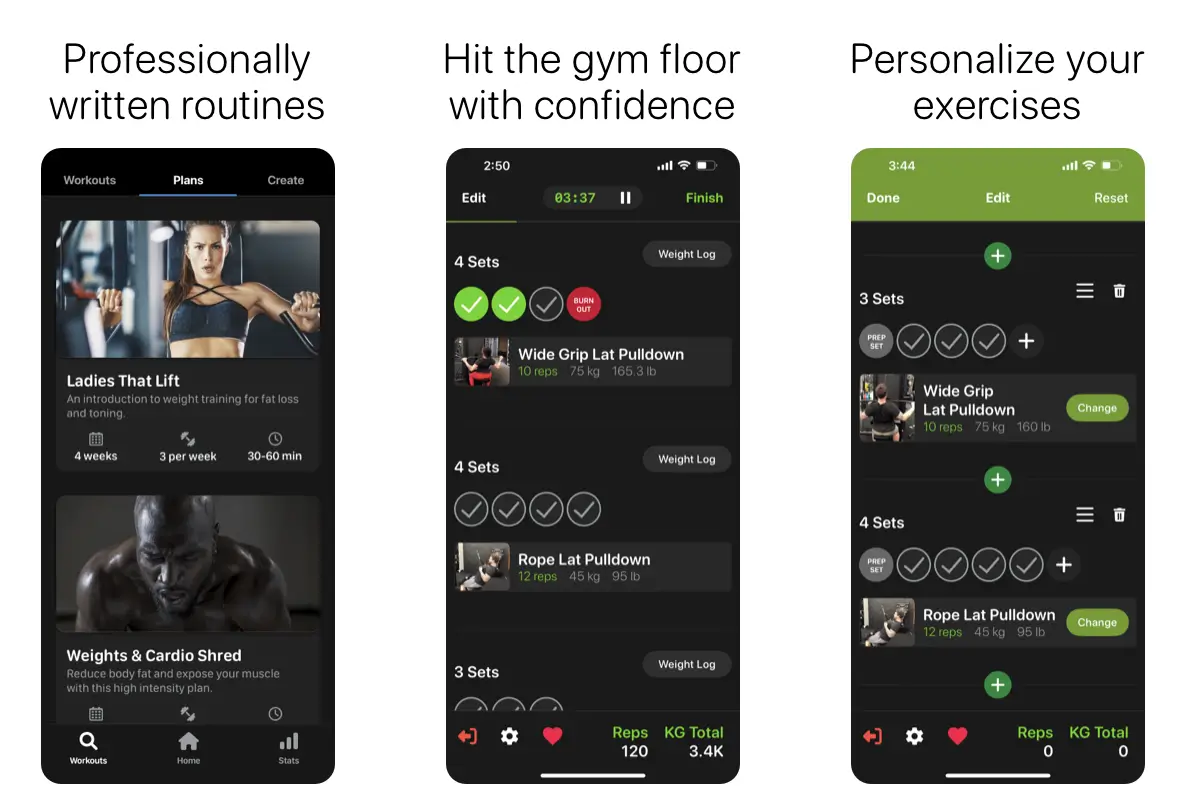Lunges are a fantastic exercise for those at the start of their fitness journey or for more experienced gym-goers as they’re low-impact and you can do them with various kinds of equipment or as a body weight only exercise. With so many different variations of lunges, each require slightly different techniques. Here’s some common lunge mistakes to look out for and how you can avoid them to be able to take full advantage of the benefits of this popular exercise.
Leaning back too much
When you perform a lunge, most of the weight should be placed on your front leg. When you lean back too much, you’ll find you are taking the tension off so the exercise won’t feel as effective. Try to keep your back straight with a tight core. As a side note, a more upright position will target more of your quads, while leaning FORWARD slightly in a lunge will target more of the glutes.
Letting your knee cave inward
Allowing your front knee to collapse inward when you lunge not only limits the effectiveness of the exercise, it also increases your chances of developing possible knee injuries. As you lunge, make sure your front knee aligns with your shoelaces. If you find your knee always falls inward, it may be a sign of weak glutes, so some glute focused exercises such as hip thrusts, abductor machine, sumo squats/deadlifts can help.
Allowing your back knee to hit the floor
Very light knee contact with the ground could be useful as a means to count reps, but slamming your back knee into the ground can be a sign of poor movement control or a lack of single leg strength & stability. Try slowing down the lowering part of the lunge to improve your control, or you can also try reducing the range of motion slightly so that you don’t have to go down as far. Once you improve your form, strength & stability will improve!
So How Do You Do Lunges?
1. Stand tall with feet hip-width apart. Tighten up your core!
2. Take a step forward with your right leg. Start to shift your weight forward so heel hits the floor first.
3. Lower your body until your right thigh is parallel to the floor and right shin is vertical. It’s OK if knee shifts forward a little if your mobility allows, lightly bring your left knee to the floor while keeping the weight in your right heel.
4. Drive back up through your right heel to the starting position.
5. Repeat on the other side.
…But I Have Bad Knees?!
For those who get knee aches from doing forward lunges, simply swap to doing reverse lunges instead. By taking a step down and back instead of forward, you’re sending the force more through the quads and less through the knee joint. So simply follow the form tips above, but step backwards and drop the knee towards the floor instead of forwards.

Rep by rep you'll experience what proper gym training can do.
Save time structuring your routines and avoid making mistakes with your workouts.
With exercise tracking, progress monitoring and the ability to modify existing workouts.
Crush your goals and achieve more than you thought possible.
Start training with us today and unlock a fitter, stronger and healthier you!

